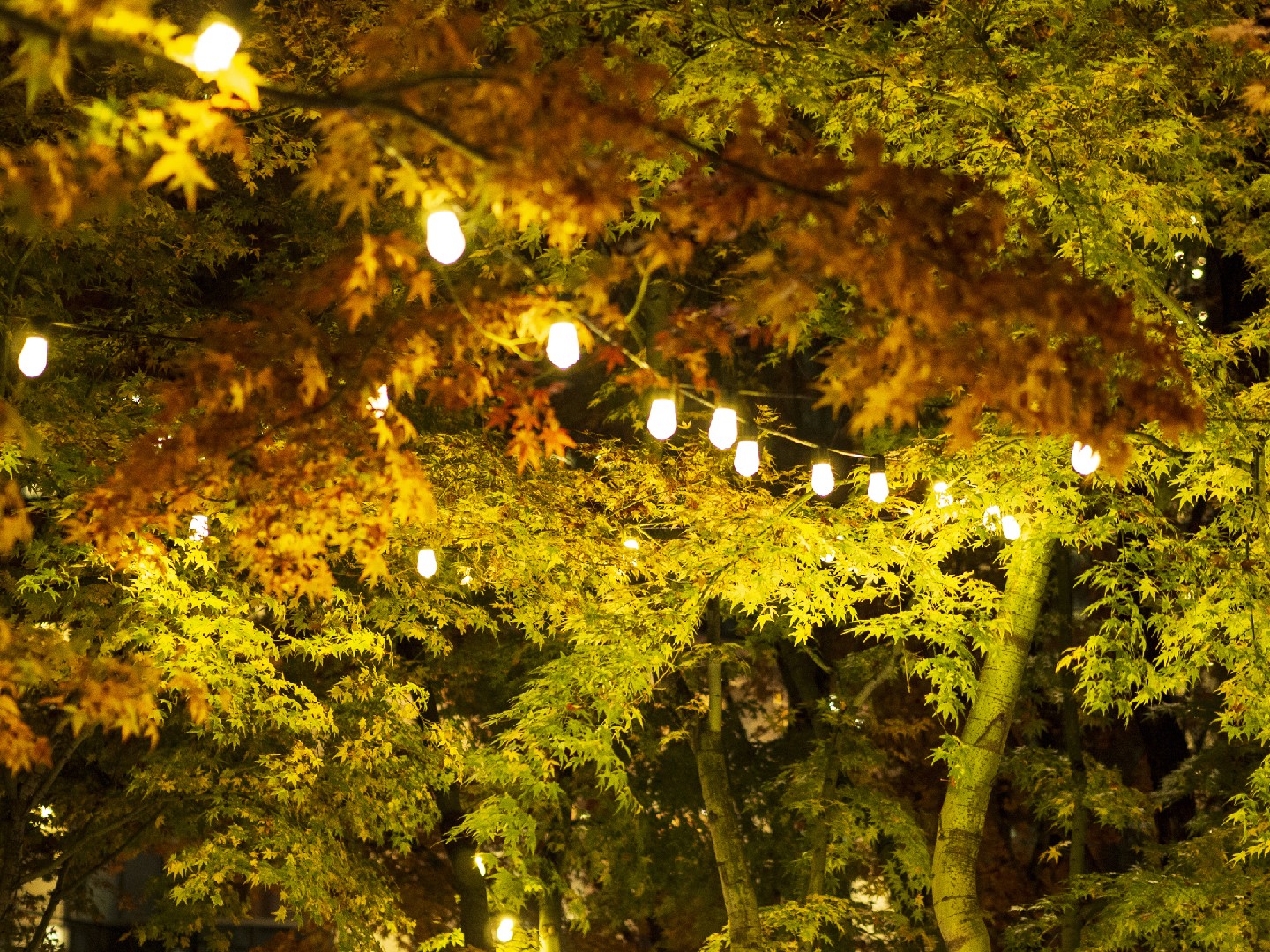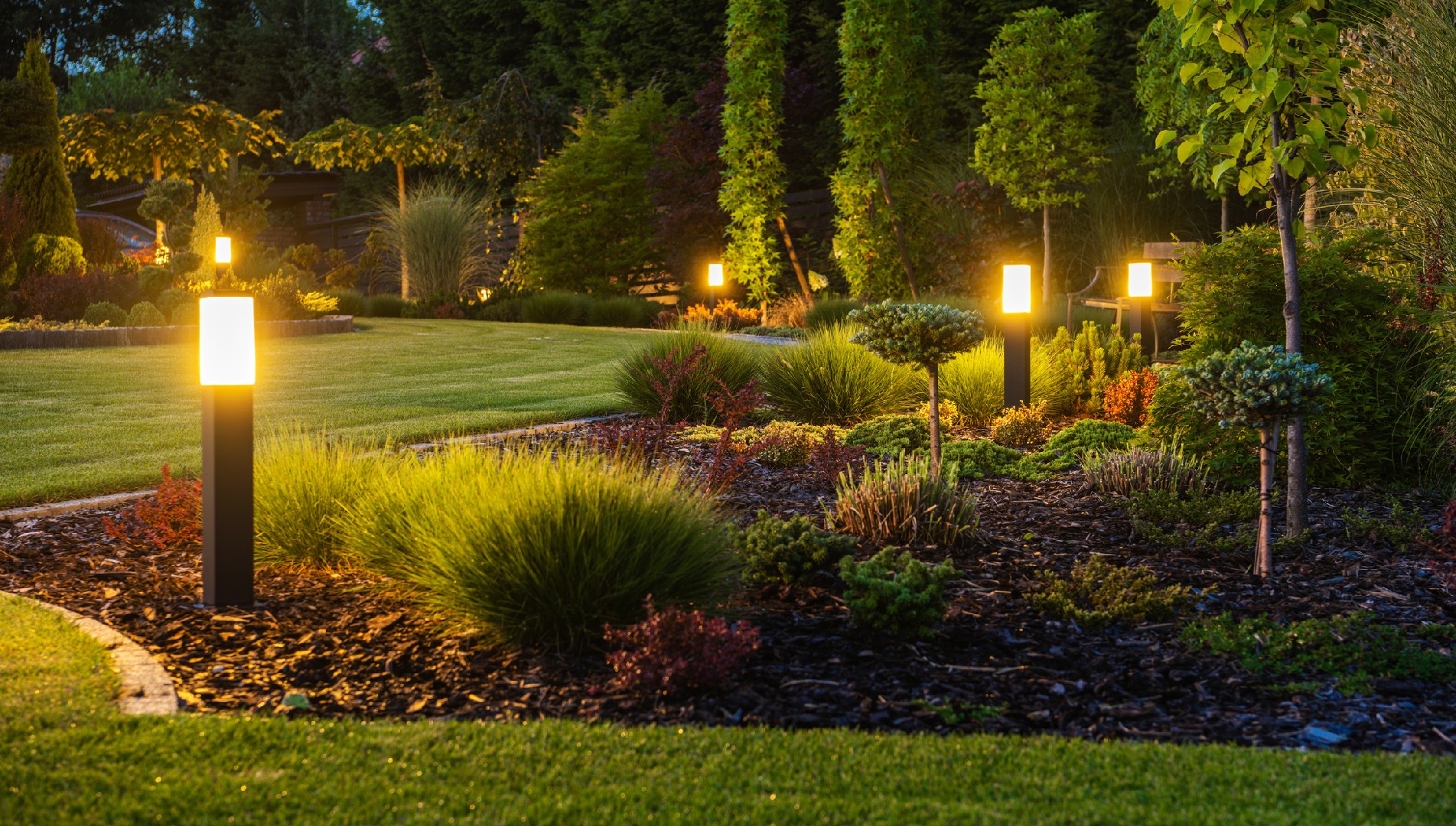![Rectangle]()
Post-Processing Techniques: The Final Touch to your Garden Photographs
Post-processing is a crucial step in the art of garden photography. It allows photographers to balance lights and shadows, enhance colors, and create a captivating final image that truly captures the natural beauty of a garden. In this section, we will explore some practical post-processing techniques that will help you bring out the best in your garden photographs.
One of the most significant aspects of post-processing is the ability to balance lights and shadows. Garden scenes often have a wide dynamic range, with bright areas and deep shadows. By using software like Lightroom or Photoshop, you can adjust the exposure, highlights, and shadows to ensure that all the important details are properly exposed. This technique will give your photographs a more balanced and professional look.
Another essential post-processing skill for garden photography is the ability to enhance colors. While gardens are already bursting with vibrant hues, post-processing allows you to bring out the hues and tones that may be lost in the original image. With tools like saturation, vibrance, and selective color adjustments, you can make the flowers appear more vivid, the greens more lush, and the overall image more visually appealing.
When it comes to editing garden photographs, subtlety is key. Preserving the natural beauty of the garden should be the goal, and overly dramatic edits can take away from that. Instead, focus on making subtle adjustments that enhance the existing elements. For example, you can use the spot healing brush tool to remove distractions like stray branches or blemishes on flowers. Additionally, you can employ the clone stamp tool to remove any unwanted objects in the frame. These small edits can make a big difference in the overall composition of the photograph.
To add the final touch to your garden photographs, consider using filters. Filters can be applied in post-processing to give your images a unique and artistic look. For example, you can use a polarizing filter to reduce glare and increase contrast, or a graduated neutral density filter to balance the exposure between the sky and the garden. Experiment with different filters and see how they transform your images, adding depth and dimension to your garden photographs.
In conclusion, post-processing is an essential skill for mastering the art of garden photography. By balancing lights and shadows, enhancing colors, making subtle edits, and using filters, you can elevate your garden photographs from beautiful to stunning. Remember to stay true to the natural beauty of the garden, and let post-processing be the final touch that brings out the true glow of nature captured in your photographs.





